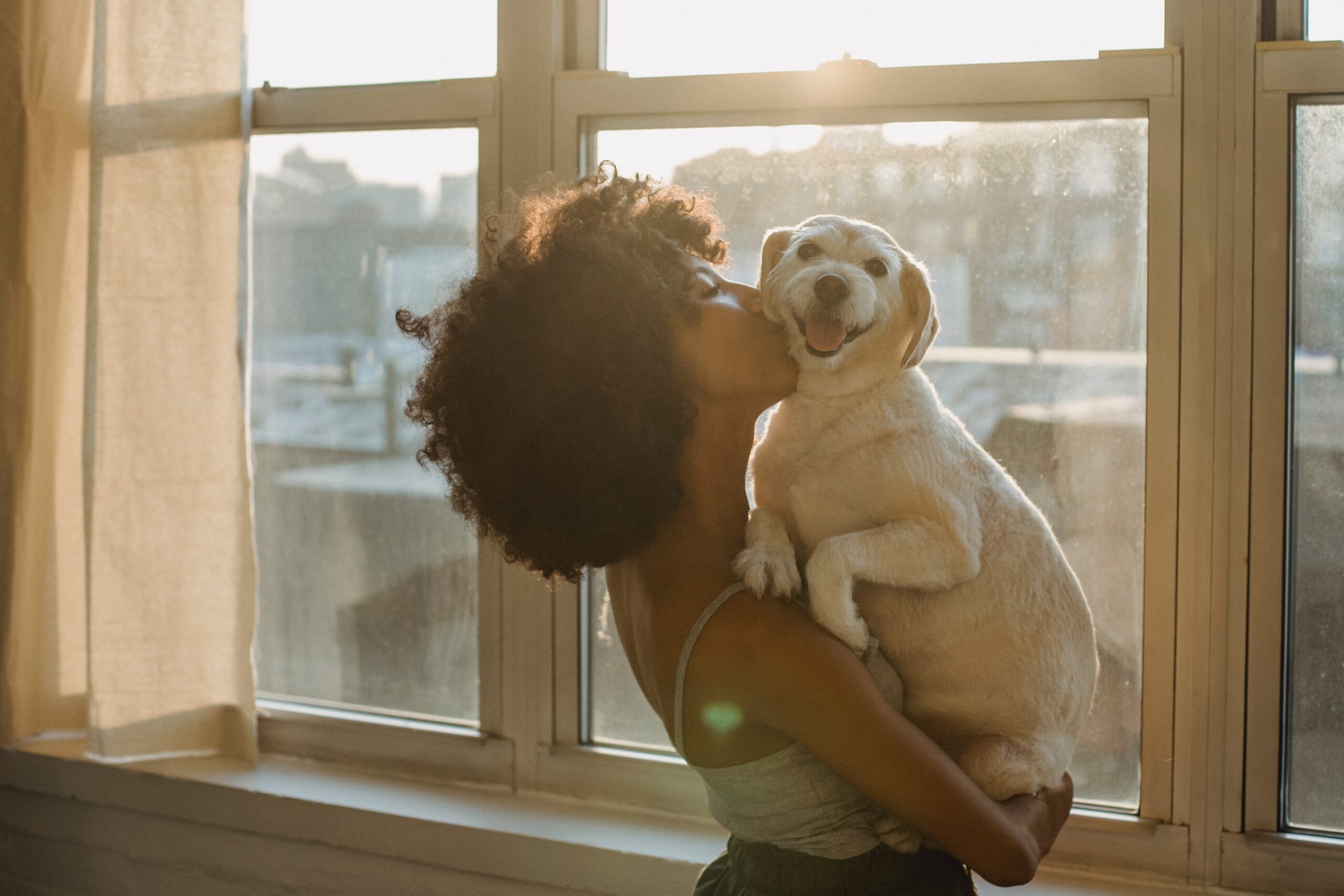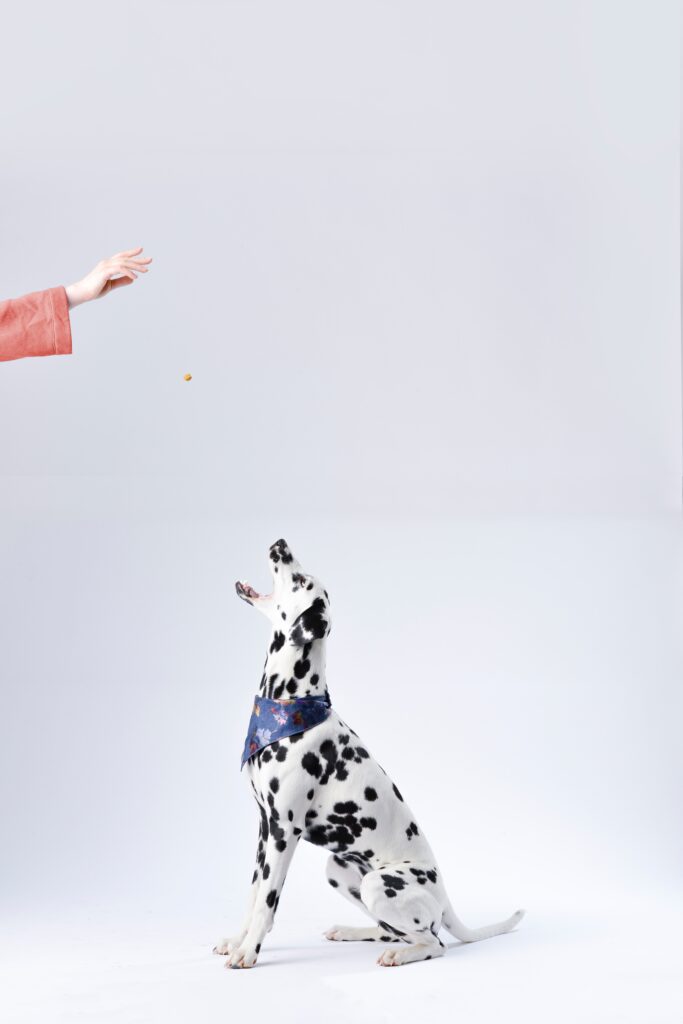There’s a better way to show your dog love
There’s no denying that people love their dogs. We knit them tiny sweaters, feed them gourmet treats, kiss their wet noses, and even take them into our bubble baths (I so wish that was not a personal reference). While hugging your pooch releases the feel-good hormone oxytocin in you, your dog has a very different reaction.
Sorry, but your dog hates your hugs.
Uh oh. I can feel the internet daggers through my computer. It’s not that your dog doesn’t like your touch. it’s the way you are molesting your pet that needs to stop.
According to Dr. Stanley Coren, a canine behavior expert from the University of British Columbia, the reason is evolutionary. Dr. Coren explains that dogs are cursorial animals — they are adapted specifically to run like a gazelle. Other cursorial animals include horses, wolves, kangaroos, ostriches, and even some species of spiders.
When stressed, a cursorial animal’s first line of defense is not to attack but to run. Thus, when you hug your dog in a confining embrace, that evolutionary mechanism is stymied. In turn, your dog reacts by increasing cortisol levels — the stress hormone released by the adrenal glands.
Sadly, many dog attacks occur because the dog is backed into a corner without an escape route.
I know what you are thinking — “My dog loves my hugs”, you might be right. But do me a favor…Go hug your dog and then have a friend snap a picture to capture that moment of blissful affection. This is what Dr. Coren did in a non-peer reviewed study, analyzing how dogs respond to hugs.
See if you can find the following signs of misery while you are cuddling your pup (Note: I was able to find these signs in almost every creative commons image search for “hugging dog”).
Licking lips

Unless you have bacon in your pocket, dogs will often lick their lips as a sign of stress. Other stress signals are yawning and raising one paw. Dog trainers call these actions “calming signals”. In a study from Tufts University, researchers found when a dog licked their lips or yawned, they released more salivary cortisol.
The head turn
Remember when you were a kid and that annoying uncle or aunt would move in for a full-on smooch? You probably moved your head to the side to avoid the slobber. Well, your dog is politely doing the same.
Most dogs turn their heads away from other dogs too as a way to ease into a greeting. To canines, a direct stare is adversarial and intense. Your dog’s head turn might be his way of saying — slow down hussy. At least give me some foreplay before your squeeze the lifeblood out of me.
Ears pinned down
Most dog trainers will watch a dog’s ears to determine their level of attention. Ears pricked forward is a sign of a dog who is listening.
This one is tougher to evaluate because dogs lower their ears when they are sad, fearful, or nervous. Usually, the further the ears are pinned back, the more stressed and fearful the dog is. Next time you leave, watch your dog’s ears. You will probably notice his ears lower. Your dog’s downturned ears are similar to a frown.
According to Coren’s research, 81.6% of dogs showed at least one distress sign while being hugged, and many showed more than one.
Of course, I am using examples of dogs who were forced into a photoshoot they didn’t sign up for. In the above photos, I am assuming the models are not the dog’s owner. Would you want a random stranger hugging you while bright lights flash in your face? Dogs communicate unhappiness in the same way we do — nonverbal cues. A dog might warm to their owner’s hugs but get icy when a stranger embraces them.
To be clear, I am not suggesting you stop showing affection to your dog. You just might want to ease up on the death grip. Dogs love touch but they also love a touch that allows them to run away if needed.
So if a well-intentioned stranger tries to hug your dog, look for signs of stress, and then intervene. You might have to explain that, like many humans, your dog is simply not a hugger.




Leave a Reply